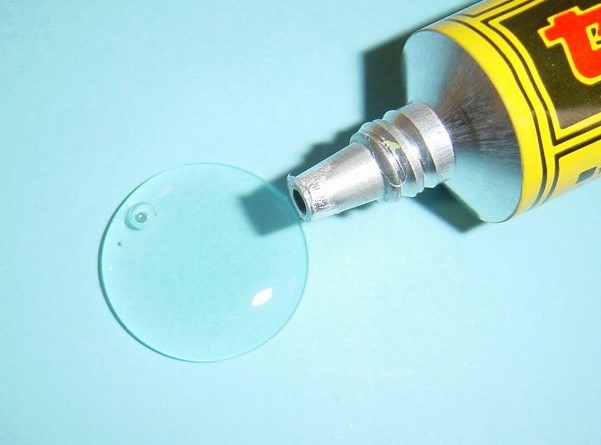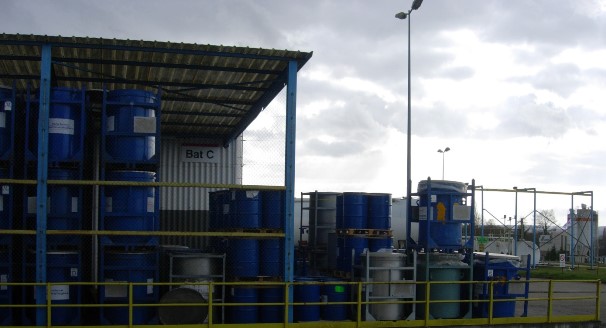The effective and efficient bonding of plastic materials to metals and alloys can sometimes be another obstacle to overcome in developing innovative products. There are various issues to consider, such as the types of plastic being bonded, the metal being used and the surfaces of both.
<2017/05/How-to-Bond-Plastics-Effectively-with-Alloys-and-Metals.jpg">
Material Considerations
Surface chemistry has a part to play in how well substances bond together. Some plastics are easily bonded, while other common plastic materials such as polypropylene and polyethylene require adequate surface preparation. Some plastic varieties, especially hybrid products such as GFN, can have levels of moisture in them that make bonding more difficult. In these cases, the adhesive must be selected carefully, and the surface prepared as well.
Metals have their own issues. Their surfaces may be oxidised (ie. reacted with oxygen) to form an obstructive layer on the metal’s surface. The metal’s surface may not be smooth either, being pocked, or scarred at a microscopic level. Particles may also be present on the surface, which can make adhesion more tricky. The bonds within metals however can be extremely strong. For more details, see this guide from the BBC.
<2017/05/How-to-Bond-Plastics-Effectively.jpg">
Where Size Does Matter
As all types of metals and plastics expand and contract as they heat and cool, the surface areas that must be bonded, along with environmental conditions, must be taken into account. A large bonded surface that is outside and must cope with sub-freezing temperatures and very hot summers will be subjected to a great deal of stress as the seasons change. This will affect the thickness of the metal bonding adhesive required, along with how adapatable and flexible it is during extreme variation of temperature.
The good news is that today’s adhesives have built in flexibility, and innovations mean that contraction and expansion rates of different materials are factored into the adhesive’s design. If you’re in need of the metal bonding adhesive that will get the job done, it would be a good idea to look at an expert range from a supplier such as http://www.ct1ltd.com/.
As adhesives have evolved, the number of materials they are suitable for has also increased. Today’s adhesives are a lot more adaptable than fasteners and provide a lighter, more reliable way of bonding metals and plastics that will deliver results and stand the test of time.